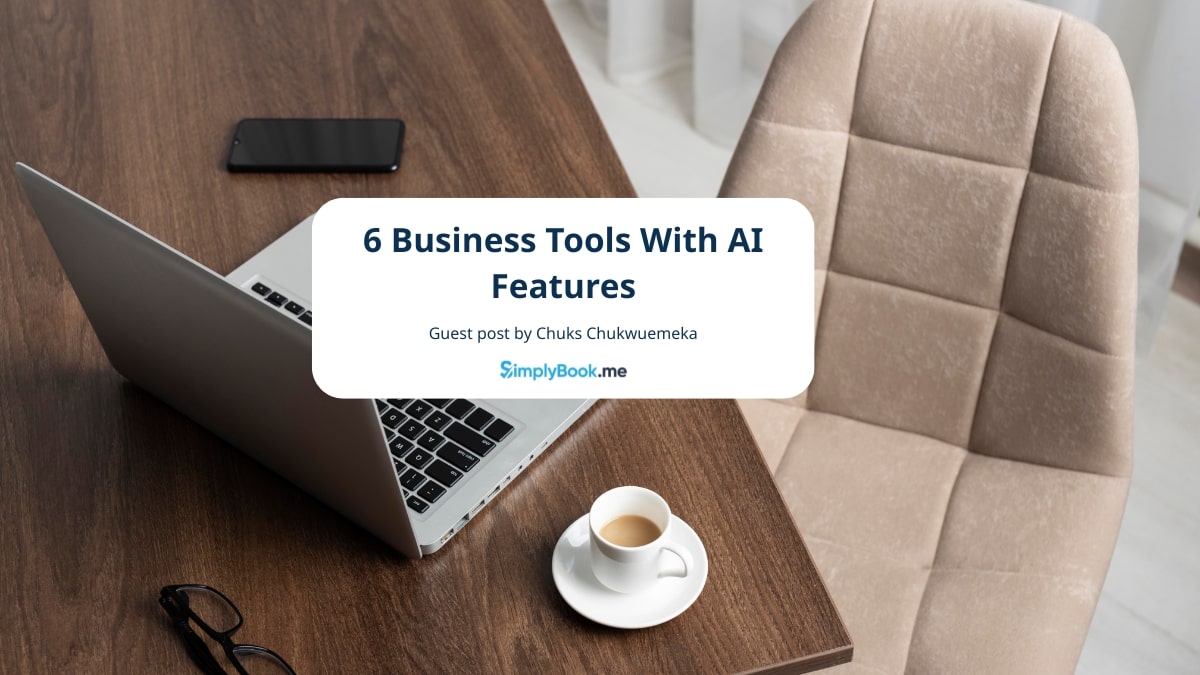5 Secrets to Guaranteed Online Learning Success

This post is also available in:
![]()
![]()
![]()
![]()
Do you want to make sure students find value in your online course? If so, you’re far from alone.
Business owners and content creators know that virtual lessons are growing in popularity and are an excellent way to turn visitors into subscribers and subscribers into loyal customers.
We all may have slightly different reasons for creating online lessons. The availability of everything from learning management system (LMS) software to booking tools has made it easier than ever for people to teach their audience about, well, everything! Look hard enough, and you can find people teaching about email marketing, pottery-making, gardening, pet care, and so much more.
If you want your audience to find value in what you teach, you have to take steps to guarantee their success. Today, I’m going to show you several actionable ways you can be sure students walk away from your online course feeling fulfilled and engaged.
Let’s begin!
Set Expectations Early
Let’s start by talking about something you should do before a student begins your online course – setting expectations. It’s hard to stress the importance of connecting with your audience and making sure they understand what to expect before they sign up.
Think of it this way: if people don’t know what they stand to gain by enrolling in your course, why would they bother registering? Similarly, you don’t want users to sign up expecting one thing only to find out the course is something totally different.
These discrepancies will cause friction and can make it hard for people to appreciate the value you’ve packed into your lesson plan.
My advice is to create a course landing page. This is essentially a standalone part of your site designed to explain to users what to expect when they join your online course. Use this opportunity to explain benefits, show testimonials, and, of course, ask visitors to sign up. Since most people will have reviewed this page prior to registering, they will be set up for success from day one.
Here’s a little example:

If you’re worried about users not seeing this page, consider sending the details to new students in an email.
Create Interesting and Engaging Content
Students need interesting and engaging content if you want them to pay attention and ultimately find value in your course. If your presentation consists of a monotone lecture or a wall of text, you’re going to see a low completion rate and even less engagement.
If you need proof, consider this: 91% of people say they are actively looking for more engaging content and presentations.
The good news is you can turn things around by including compelling, diverse content throughout your lesson plan. Students tend to connect more with relatable stories and interactive elements like quizzes, forums, and videos.
Of course, you’ll have more luck incorporating this kind of stuff into your classes if you get to know your target audience. The more you know about the people who will eventually work through your course, the easier it will be to come up with interactive content that aligns with their goals, interests, and pain points.
I suggest using on-site analytics, social media, and user feedback to learn what kind of content appeals to your target audience so you can create lesson plans that keep people interested in your brand.
The bottom line is that engaged students are typically successful students. So, make sure users can access relevant, interactive content when they participate in one of your virtual classes.
Accessibility Options Are a Must
Providing multiple accessibility options for your online course is vital to student success. Some students may have disabilities or learning challenges, while others simply have different preferences for how they consume information. The last thing you should do is alienate people who want to engage with your brand.
When you give students choices in how they access your course content, this allows them to learn in the way that suits them best.
Here are a few key accessibility features you should make part of your online learning lesson plan:
- Offer subtitles or transcripts for video content. Adding this feature for students who are hard of hearing or prefer reading over listening can significantly boost your completion rate.
- Use text to describe any images, charts, or graphics in detail. This will help blind or low-vision students understand important visual information.
- Allow students to adjust text size, color schemes, and fonts. Users who are color-blind or dyslexic will find your content more accessible after these changes.
- Provide keyboard navigation options in addition to mouse controls. This ensures students with motor impairments or who prefer keyboard use can easily navigate your course.
- Include an option for an audio version of the written content. This helps students with visual impairments or who prefer listening to watching or reading.
Giving students more ways to access and interact with your course promotes an inclusive online learning environment where everyone can achieve success. And when students succeed, so will you.
Share Resources Students Can Use After the Course
I’ve found that giving students something they can use after the course dramatically improves their odds of success. Think about it this way: once they exit your class, what do they have that will help them put your advice into practice?
The type of resources you share will vary based on your industry and what you want to teach. There are plenty of different options to choose from.
If you’re a life coach, you could start by creating a mini-library using your all-in-one coaching tool, which has all of the key charts and points from the course. If you make these elements available to download, people will have something to reference long after the course is over.
We’ve had a lot of luck creating downloadable cheat sheets that break down the course into actionable tips, takeaways, and strategies. The format is similar to a traditional lead magnet, but it’s only offered to students after they complete our course.
You can also start a social media group and invite students to join. Not only is this a great way to boost your social presence, but it will also help your audience find success. There’s a good reason that 64% of marketers say investing in building social media communities is at the top of their marketing plan.
Listen to Feedback
Finally, Collecting feedback from your students is key to improving your course over time and ensuring success for future students.
Learning what people think can help you improve on weaknesses, validate your strengths, and foster a community around your brand. All of these benefits will help you improve existing lessons and build better courses in the future.
There are plenty of ways to ask students to share their thoughts. The most obvious strategy is to include a feedback form at the end of each major class. Ask open-ended questions and invite your audience to tell you what they liked, what annoyed them, and how you can do better next time.
Here’s an example of a questionnaire you could present to students at the end of a course:

If you can, respond to attendees after they give feedback, so they know that you’re listening and intend to review their suggestions. This small step will help you build trust and lead to enhanced brand loyalty.
You should know that gathering feedback is an ongoing process. Don’t ever stop listening to your students and making improvements based on what they want. Fine-tuning your lessons and overall strategy will help improve your completion rate, which means users are more likely to find value in what you’re offering.
Final Thoughts
There you have it! As you can tell by now, there are plenty of things you can do right now to become a better virtual instructor. The tips I shared today have helped us grow our lead list, connect with more prospects, and boost sales. I’m confident that you can see similar results if you’re patient and persistent and put the needs and success of your students above all else.
Author Bio

Syed Balkhi is the founder of WPBeginner, the largest free WordPress resource site.
With over 10 years of experience, he’s the leading WordPress expert in the industry. You can learn more about Syed and his portfolio of companies by following him on his social media networks.


Comments
0 commentsNo comments yet